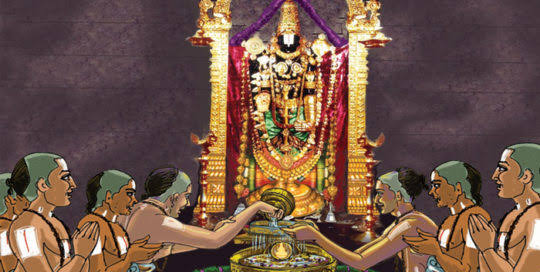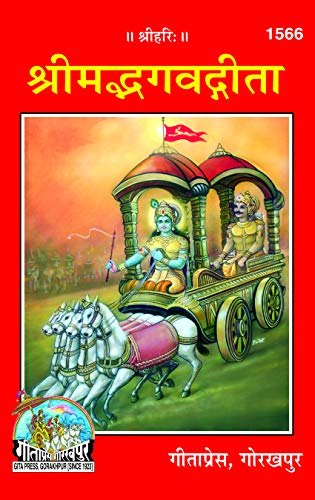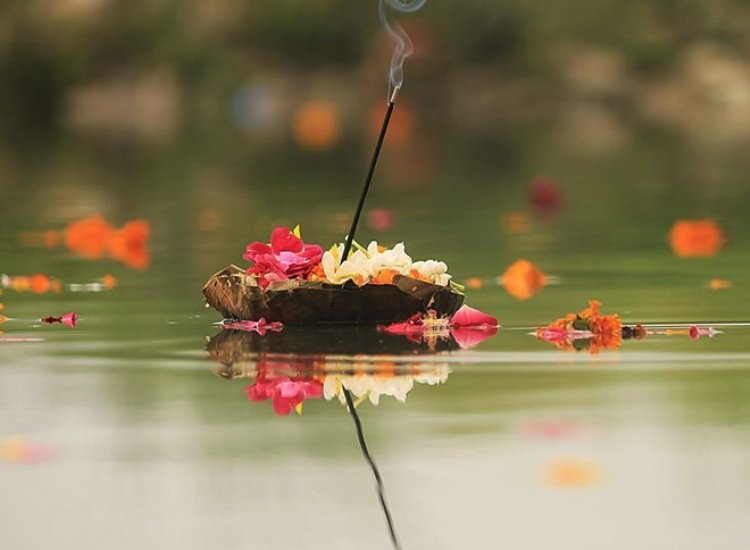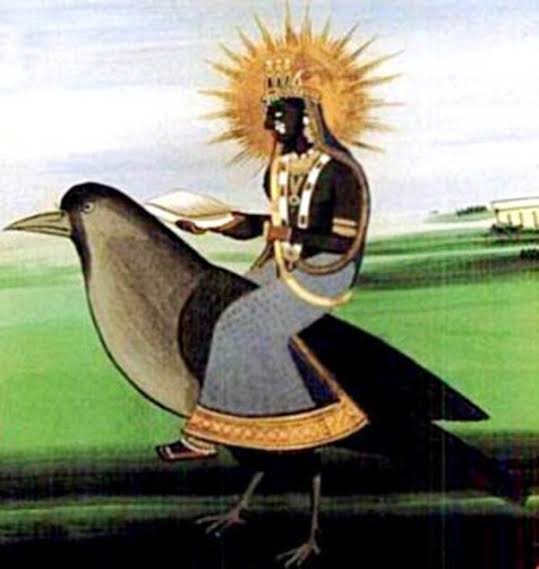Why camphor is placed on the chin of Venkateshwara Balaji of Tirupati
In the very olden days the Tirupati hill was a very dense forest and was surrounded by great flora and fauna where not much humans used to reside. It was quiet difficult for humans to easily survive.
In the very olden days the Tirupati hill was a very dense forest and was surrounded by great flora and fauna where not much humans used to reside. It was quiet difficult for humans to easily survive.

Shrimad Ramanujulu after installing shankhu Chakra, wished to pray Venkatesha with different kinds of flowers & leaves, which ofcourse was quiet challenging for people to travel & carry from below the hill to the temple on top. Maha vishnu is Almkara Priya(loves Decorations). 

Thinking about this at Shri Ranga Matam he announced to his disciples about his wish & asked if any disciple would want to stay at Tirupaty on the hill top, plant a garden & take care of the Alamkara needs.Shree Anantalvar took the opportunity as a boon & expressed his interest. 

Shree Anantalvar soon went to the hill top along with his pregnant wife and child to reside there. A garden was initiated on the hill and it required frequent watering. He decided to dig a well there for the continuous supply of water. He then started digging up a well there. 

His pregnant wife used to help him to carry the soil and place it elsewhere. During this process it was surprising for Anantalvar to see that, his wife is very quickly able to carry the soil and come back. He doubted and enquired with her what is the reason behind this.
He could see that a young boy was helping his wife to do this work. Once for all he became restless & started asking the boy that how can he take away the punya of his own work.He warned the boy to stay away & to fear him he threw the crowbar with which he was digging. 



Unfortunately the tool hit the boy's chin and he started bleeding. While he was trying to comfort the boy, he started running towards the mukha mandapa and slowly disappeared. Anantalwar was searching for the kid and reached the Garbhagruha. H 

Alvar found that Shree Venkateshwara Murti's chin started bleeding. Within seconds Anantalwar realized that it is his swamy who has showered his live on his wife and helped her in her important days. 

Anantalvar started repenting and was sobbing that he hurted swami with his own hands. Swami couldn't resist and gave an Akashwani that like how he hs a mark on his chesk fr having Mahalakshmi he will keep this 2nd mark on his chin forever as a symbol of devotion of his bhaktas. 

Anantalvar immediately applied some Pacha Karpoora ( Edble Camphor ) to stop the bleeding. Since it was applied first swami said may his chin always be decorated with pacha karpoora as a symbol of Bhakta's love and devotion for him. 

His leelas are beautiful and he is said to be Kaliyuga Avatara Purisha who takes care of all kinds of sufferings people undergo.
Om Namo Venkateshaya 🙏🏼
Om Namo Venkateshaya 🙏🏼
Check the same story in Hindi beautifully explained by Young Bhakta 🙏🏼🍀
• • •
Missing some Tweet in this thread? You can try to
force a refresh

















